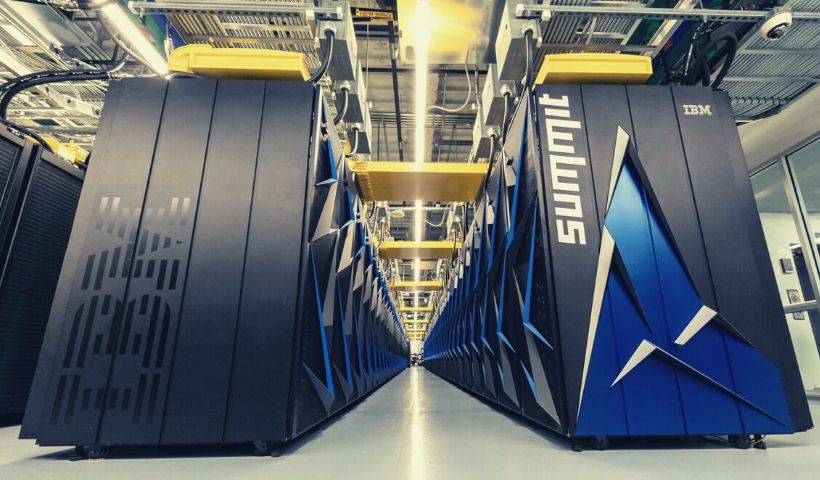Frontier Snatches The Title Of The World’s Fastest Supercomputer From Fugaku : The United States seizes sovereignty from Japan, the country that had been leading the development of the world’s fastest supercomputer. In this way, the Frontier system is emerging as the first real exascale machine with an HPL score of 1.102 exaflop/s, thus occupying the podium. This is revealed by the 59th edition of the TOP500 when pointing to the Oak Ridge National Laboratory (ORNL) in the USA as the winning site. Based on the latest HPE Cray EX235a architecture and powered by AMD EPYC 64C 2 GHz processors, the system has a total of 8,730,112 cores, a power efficiency rating of 52.23 gigaflops/watt, and relies on Gigabit Ethernet for data transfer. of data.
However, the recent development of the Frontier system has allowed the machine to break the 1 exaflop barrier. With an exact HPL score of 1.102 Exaflop/s, Frontier is not only the most powerful supercomputer ever but also the first true exascale machine.
Table of Contents
Fugaku, A Worthy Competitor
The first position, according to the TOP500 study, was held by Japan for two consecutive years thanks to the Fugaku system, at the RIKEN Center for Computational Sciences (R-CCS) located in Kobe, Japan. Following up on his previous HPL benchmark score of 442 PFlop/s, Fugaku has now dropped to number two in the rankings. Considering the fact that the theoretical Fugaku peak is above the 1 exaflop barrier, there are reasonable grounds to consider this system an exascale machine as well.
Surprises In The Top10
Now taking third place, this new system has 1,110,144 cores and boasts an HPL benchmark of almost 152 PFlop/s. Likewise, LUMI also stands out for being the largest system in Europe. As far as major changes are concerned, we must place ourselves at number 10 in the table, a place occupied by the new incorporation of the Adastra system in GENCI-CINES, France. It is worth mentioning that this system achieved an HPL benchmark score of 46.1 Pflop/s establishing itself as the second most powerful machine in Europe, behind LUMI.
Summit, a system built by IBM at ORNL in Tennessee, USA, is now ranked #4 globally with a performance of 148.8 Pflop/s on the HPL benchmark used to rank the TOP500 list. Summit has 4,356 nodes, each with two 22-core Power9 CPUs and six NVIDIA Tesla V100 GPUs, each with 80 Streaming Multiprocessors (SMs). For its part, Sierra, a system at the Lawrence Livermore National Laboratory, USA, is in the fifth position. Its architecture is very similar to systems summit.
Sunway TaihuLight is a system developed by the China National Research Center for Parallel Computer Engineering and Technology (NRPCC) and installed at the National Supercomputing Center in Wuxi, Jiangsu Province of China, listed at No. 6 with 93 Pflop /s. Perlmutter, at number seven, is based on the HPE Cray “Shasta” platform and a heterogeneous system with AMD EPYC-based nodes and 1536 NVIDIA A100 accelerated nodes. This system achieved 64.6 Pflop/s. Positions eight and nine correspond to the NVIDIA, Selene, and National University of Defense Technology of China (NUDT) Tianhe-2A (Milky Way-2A) systems.
Also read : Merchandising Marketing

